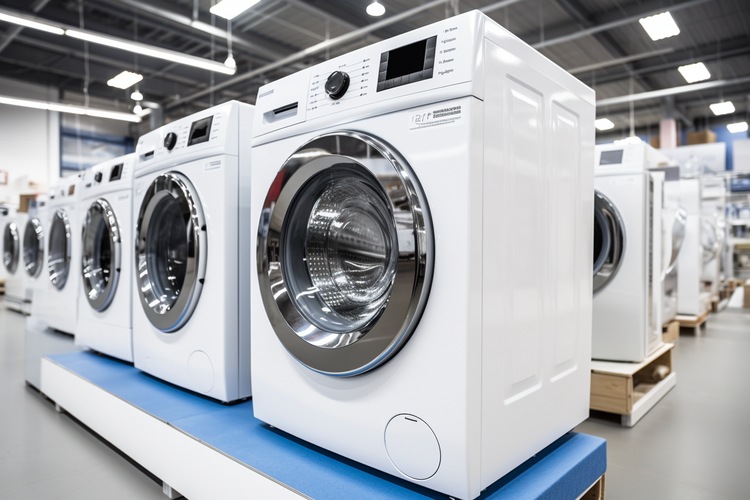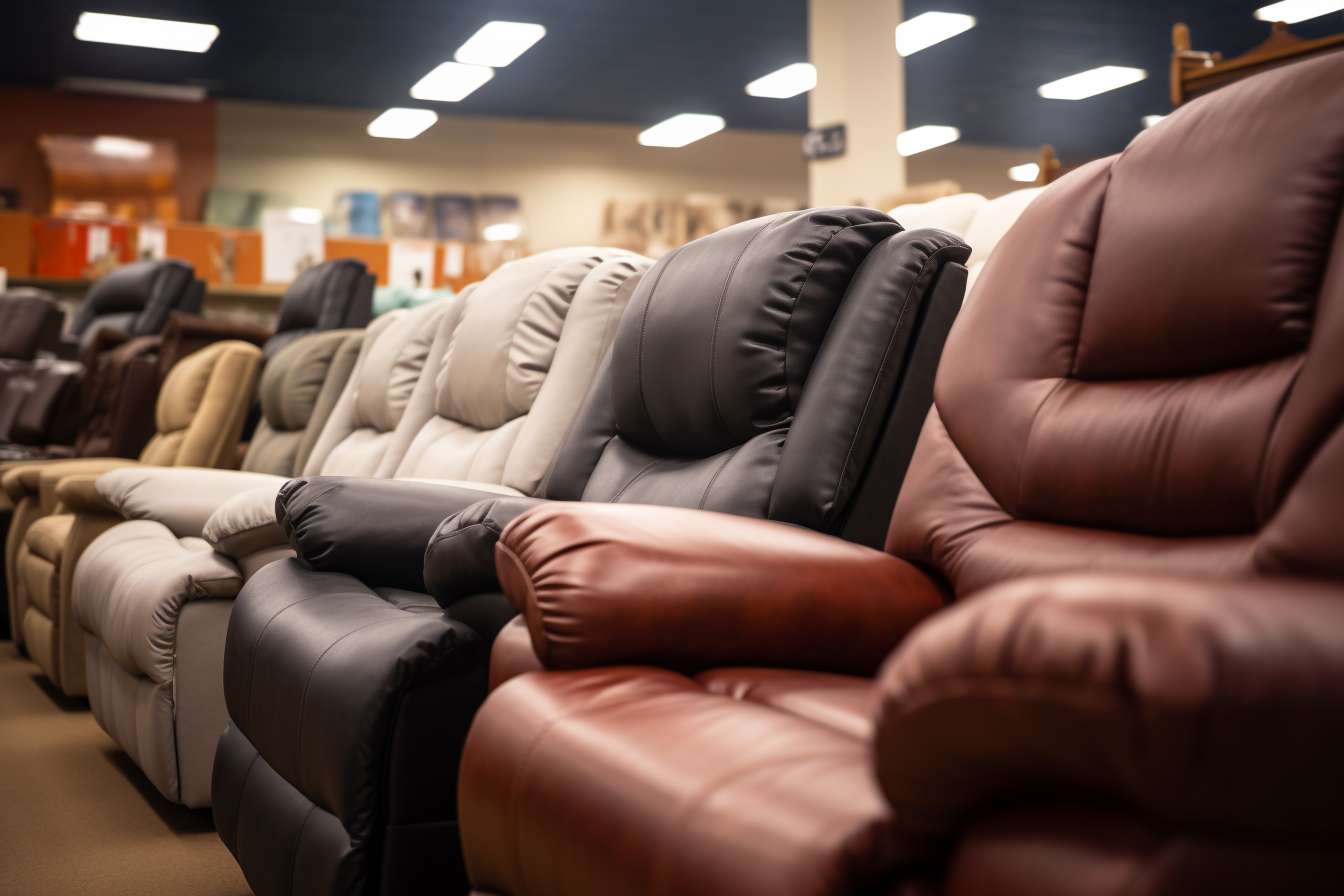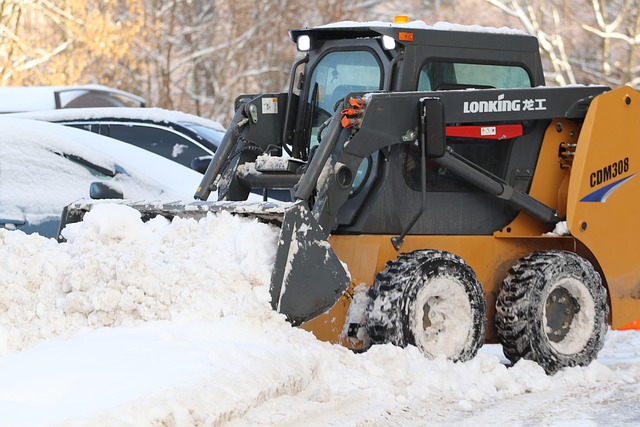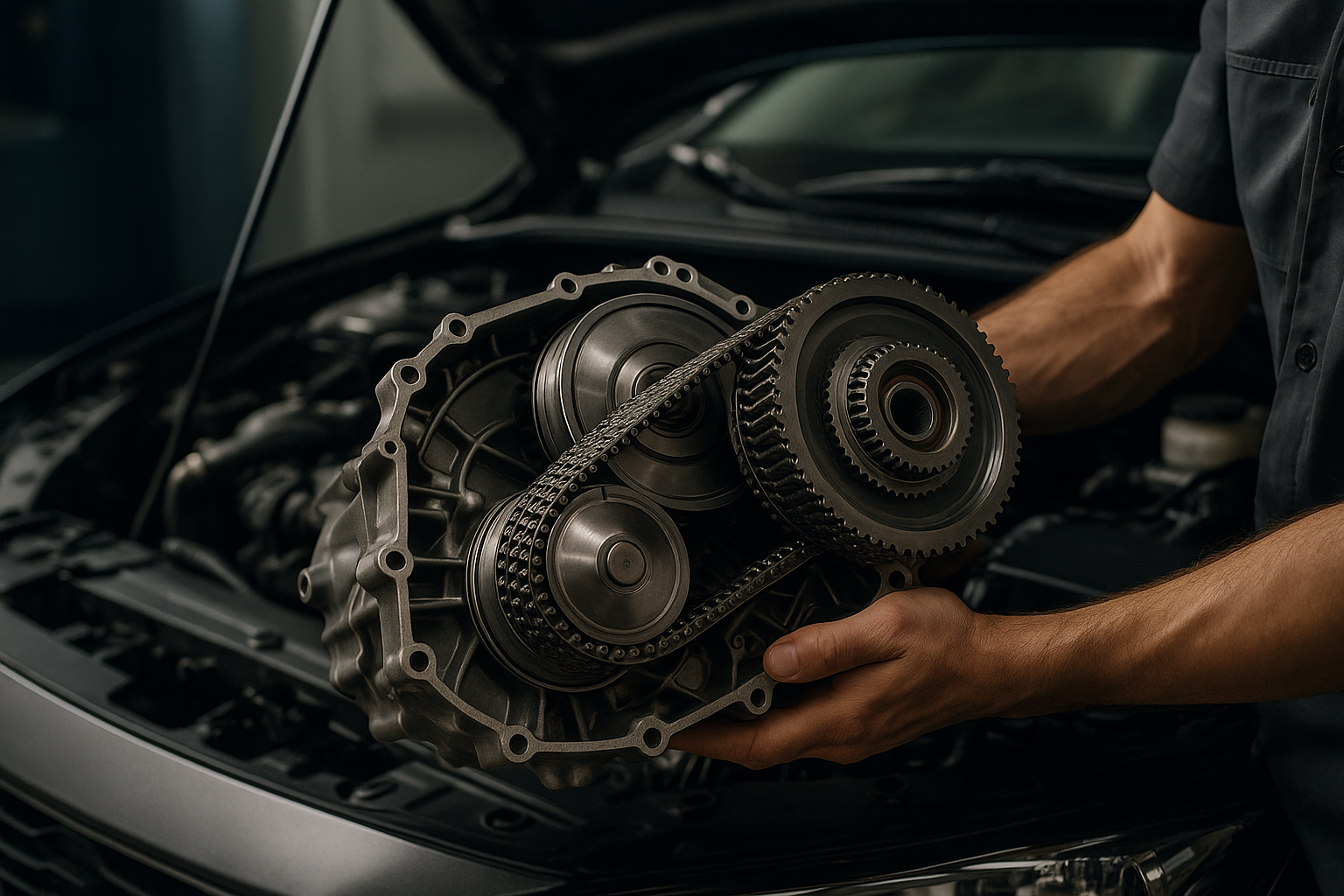The Ultimate Guide to Buying a Washing Machine in 2025
Purchasing a washing machine represents a significant investment in household efficiency. As we approach 2025, the market offers increasingly sophisticated options with advanced features designed to save time, energy, and water while delivering superior cleaning performance. Navigating these choices requires understanding both your household needs and the latest technological innovations. This comprehensive guide will help you make an informed decision when selecting a washing machine that will serve you reliably for years to come.

Determine the Type of Washing Machine
The first critical decision when purchasing a washing machine is selecting the appropriate type for your household. Front-loading and top-loading machines represent the primary categories, each with distinct advantages. Front-loading washers generally offer superior cleaning performance and water efficiency, using gravity to create a tumbling action that’s gentle on fabrics. They typically accommodate larger loads and can be stacked with matching dryers to conserve floor space. However, they generally come with higher price tags and longer cycle times.
Top-loading machines provide easier access without bending down and shorter cycle times. Traditional top-loaders with central agitators clean through a more forceful mechanical action, while high-efficiency models use impellers for a gentler approach. Compact and portable units serve smaller spaces or temporary living situations, while all-in-one washer-dryer combinations offer convenience in limited spaces despite longer processing times and reduced capacity.
Choose the Right Capacity
Selecting appropriate capacity significantly impacts your washing machine’s efficiency and effectiveness. Capacity is typically measured in cubic feet, with most full-sized machines ranging from 3.5 to 5.5 cubic feet. For singles or couples, smaller machines (3.5-4.0 cubic feet) generally suffice. Medium-sized households of three to four people typically require mid-range capacities (4.5-5.0 cubic feet). Large families or those washing bulky items like comforters benefit from machines exceeding 5.0 cubic feet.
Overloading compromises cleaning performance and may damage the machine, while consistently underloading wastes water and energy. Consider your household’s specific laundry habits – frequency of washing, typical load size, and types of items commonly laundered. Remember that front-loaders generally accommodate more laundry per cycle than top-loaders of equivalent listed capacity due to the absence of a central agitator.
Installation and Size: Measure Before Buying
Precise measurements are essential before purchasing a washing machine. Standard width for most full-sized machines is approximately 27 inches, but depth and height vary significantly, particularly between front and top-loading models. Front-loaders typically require more depth clearance (30-34 inches) and need additional space (15-20 inches) for door opening. Measure the intended installation location carefully, accounting for all dimensions plus required clearances.
Consider access paths through doorways, hallways, and stairwells to ensure delivery is possible. Verify the availability of proper electrical connections (typically 120V for standard machines, though some high-performance models require 240V). For water connections, confirm both hot and cold water supply lines reach the installation point, and examine drainage options. Ventilation requirements vary by model, with many machines needing several inches of clearance on all sides. For stacking arrangements, verify compatibility between washer and dryer units and ceiling clearance.
Core Technologies and Functions: Select on Demand
Modern washing machines offer numerous technological features addressing specific laundry challenges. Energy efficiency ratings like ENERGY STAR certification identify models meeting strict efficiency standards, potentially reducing operational costs despite higher purchase prices. Water efficiency features include auto-load sensing, which adjusts water levels based on load size, and high-pressure spray systems that optimize water usage.
Cleaning performance technologies include specialized wash cycles (delicate, heavy-duty, sanitize), steam features for enhanced stain removal, and automatic detergent dispensers that optimize usage based on load size and fabric type. Smart connectivity enables remote operation and monitoring through smartphone apps, while noise reduction technology becomes particularly valuable in open-concept homes or when the laundry area adjoins living spaces.
Durability and Maintenance Considerations
When investing in a washing machine expected to last 8-12 years, durability factors significantly impact long-term satisfaction. Motor type directly affects longevity, with direct drive or inverter motors generally outlasting traditional belt-driven designs while operating more quietly and efficiently. Stainless steel drums resist corrosion better than plastic or porcelain alternatives, maintaining their appearance and performance longer despite higher initial cost.
Self-cleaning cycles help prevent mold and mildew buildup, particularly important for front-loading machines. Filter systems that prevent lint and debris accumulation reduce maintenance requirements and protect internal components. Consider warranty coverage carefully – standard warranties typically range from one to three years, with premium models often offering extended coverage on motors and drums. Additionally, evaluate the availability of local repair services and replacement parts for your chosen brand.
Pricing and Market Options
Washing machine prices vary widely based on capacity, features, and brand reputation. Entry-level models typically range from $350-$600, offering basic functionality with limited special features. Mid-range machines ($600-$1,000) incorporate energy efficiency improvements, additional wash cycles, and enhanced durability features. Premium models ($1,000-$1,800+) offer cutting-edge technology, including smart connectivity, advanced stain treatment, and specialized cycles.
| Brand | Model Type | Key Features | Price Range |
|---|---|---|---|
| GE | Top-Load Standard | 11 wash cycles, deep fill option | $450-$650 |
| Samsung | Front-Load High-Efficiency | Steam function, smartphone connectivity | $800-$1,200 |
| LG | Front-Load Ultra-Large | 5.5 cu. ft. capacity, TurboWash technology | $1,000-$1,500 |
| Whirlpool | Top-Load High-Efficiency | Load & Go dispenser, ColorLast cycle | $700-$900 |
| Maytag | Commercial-Grade | Heavy-duty motor, 10-year limited warranty | $800-$1,100 |
Prices, rates, or cost estimates mentioned in this article are based on the latest available information but may change over time. Independent research is advised before making financial decisions.
Environmental Impact and Efficiency
Modern consumers increasingly prioritize environmental considerations when selecting appliances. Energy efficiency directly impacts both environmental footprint and operational costs, with ENERGY STAR certified models using approximately 25% less energy and 33% less water than non-certified alternatives. Water consumption varies dramatically between models, with standard top-loaders using 30-45 gallons per cycle compared to 10-20 gallons for front-loaders and high-efficiency top-loaders.
Many manufacturers now incorporate recycled materials in manufacturing and design machines for eventual recyclability. Additionally, advanced technology like precise load sensing and optimal detergent dispensing reduces resource waste while potentially extending garment lifespan through gentler washing action. When replacing an existing machine, investigate responsible disposal or recycling options for your old appliance to minimize environmental impact.




